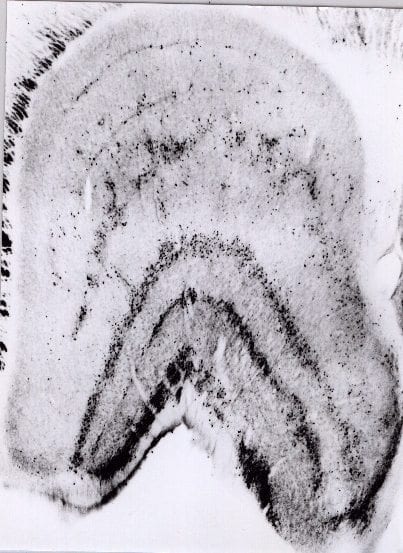
Stewart Hendry
Professor of Neuroscience
Contact Information
- [email protected]
- 339 Krieger Hall
- 410-516-4583
Research Interests: Functional Organization of Primate Visual System
Dr. Stewart Hendry is a professor of neuroscience at the Johns Hopkins University School of Medicine. His research focuses on functional organization of the primate visual system.
Dr. Hendry’s research consists of collaborative studies that use by optical imaging and electrophysiological methods to determine the physiological properties of neuronal populations previously identified by their molecular characteristics. This strategy exploits the robust but selective expression of neuronal genes to address questions of visual system organization, function and plasticity across the primate order, including humans.
Functional Organization of Primate Visual System
From their origin in the retina through numerous steps of processing, visual signals are analyzed by and relayed along streams. These functional streams incorporate distinct classes of neurons in the retina, separate layers of neurons in the dorsal lateral geniculate nucleus and compartmental aggregates of neurons in the cerebral cortex. How these streams are organized and the types of visual signals they carry are examined in this lab through a strategy that exploits the unique molecular characteristics of neurons. Those characteristics are identified and then used to study distinct neuronal populations in isolation. The position of these neurons in the path of visual information transfer and the circuits whereby they accomplish an analysis and synthesis of information is studied by anatomical approaches. Collaborative studies determine by optical imaging and electrophysiological methods the physiological properties of neuronal populations previously identified by their molecular characteristics. Such a strategy exploits the robust but selective expression of neuronal genes to address questions of visual system organization, function and plasticity across the primate order, including humans.
Example of Research
 Section through rhesus monkey LGN immunocytochemically processed for the alpha subunit of type II calmodulin-dependent protein kinase. This enzyme is expressed by a subpopulation of LGN neurons that relays visual signals along a distinct pathway from retina to visual cortex.
Section through rhesus monkey LGN immunocytochemically processed for the alpha subunit of type II calmodulin-dependent protein kinase. This enzyme is expressed by a subpopulation of LGN neurons that relays visual signals along a distinct pathway from retina to visual cortex.
